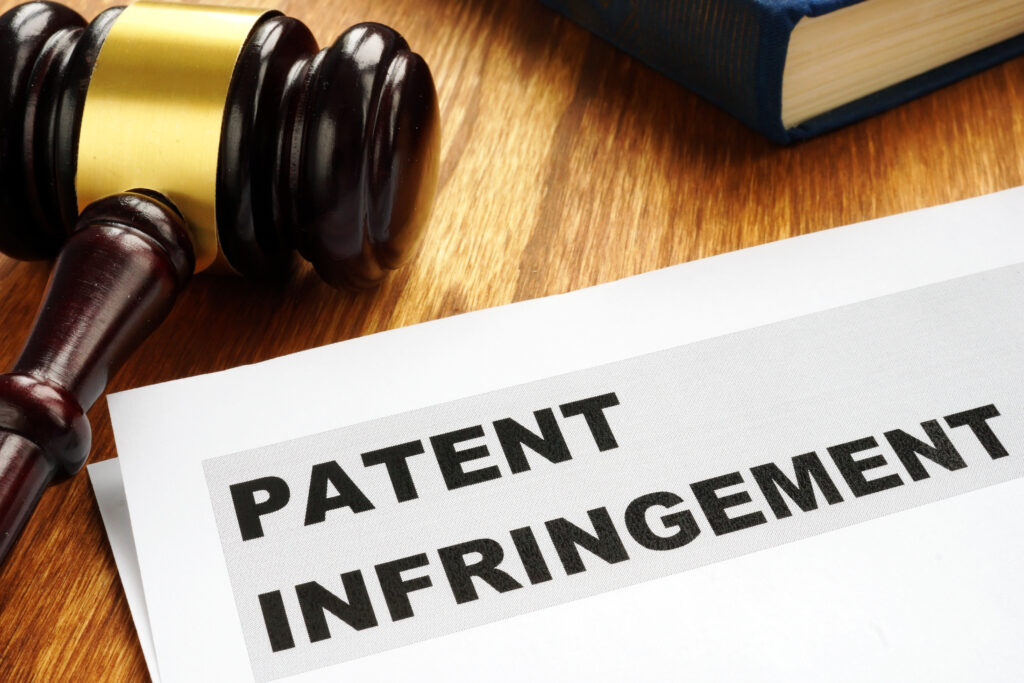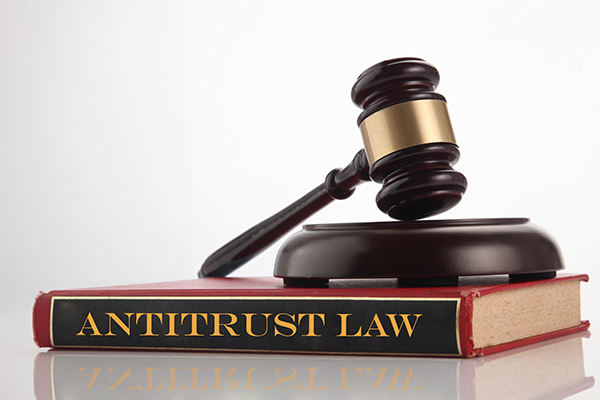By: Editorial Staff, Date: December 4th, 2023
A patent is granted to an owner to protect their intellectual property from unauthorized selling or manufacturing of their invention. Once the invention is monetized by others without the permission of the owner, the patent owner can choose to sue for damages in federal court.
If proven that there is patent infringement, Section 284 of the Patent Act will govern the awards against the damages in patent litigation. One of the advantages of winning in legal action is that a patent infringement damage can be awarded—a sum of money that can help restore lost finances after the patent infringement occurs.
This article will discuss the type of damages available for patent infringement, the different approaches to calculating patent damages, and the factors affecting patent damages.

Types of Patent Infringement Damages
A patent owner can receive different kinds of patent damages, which include:
- Lost Profits
Lost profits damages refer to the amount of money the patent owner would have made if the infringement did not occur, and the patent owner may be compensated if it is proven that their business suffered a loss due to the infringement.
For example, if a competitor steals the patented invention and gains more customers who start buying their infringed products, the patent owner can argue that those profits should have belonged to them and not to the infringers.
- Reasonable Royalties
Reasonable royalty is the fair market value of a license to use the patent. Once the court determines the value of the reasonable royalty for using the patent, they will assess the damages according to the number of patent infringements.
Patent Damage Calculation Approaches
An appropriate patent damages calculation is necessary when awarding damages to the patent owner. Here are some of the most common approaches the court uses to calculate these damages.
- Hypothetical Negotiation
Hypothetical negotiation, employed by the court to calculate reasonable royalties, originated from the Georgia-Pacific Corp. v. United States Plywood Corp., 318 F. Supp. 1116. (S.D.N.Y. 1970). This method operates based on the fifteen Georgia-Pacific Hypothetical Negotiation factors that experts might consider in awarding damages to the patent owner.
- Analytical Approach
The analytical approach calculates the damages by analyzing the infringer’s projected profits from the infringed product. The rate for a reasonable royalty is then established by calculating the proportionate percentage of sales based on the projected profit. Once all the necessary details are determined, the profit percentage on the patented invention will be decided.
Factors Affecting Patent Damages
- Market Demand
The market demand for the patented invention influences the amount of patent damages awarded to the patent owner. High market demand can lead to a higher award of patent infringement damages, indicating that the patent holds significant value for the owner and consumers are benefiting from the patented design.
- Market Competition
In competitive markets, a patent’s value becomes crucial as it provides a competitive advantage. The presence of numerous competitors shows the significance of a patent, and infringement poses the risk of diminishing its value.
- Patent Owner’s Reputation
A good reputation is a factor in the business world. When infringement occurs, the reputation of the patent owner might be affected. Thus, the court should consider how the patent owner’s reputation has been affected due to the infringement when awarding patent damages.
As technology and innovation continue to evolve, staying informed about patent damages remains crucial to navigating the complex intellectual property law.
Gain more insights on the patent damages landscape at our webcast: Navigating Challenges in Patent Damages Analysis: Key Considerations for Litigants and Counsel

